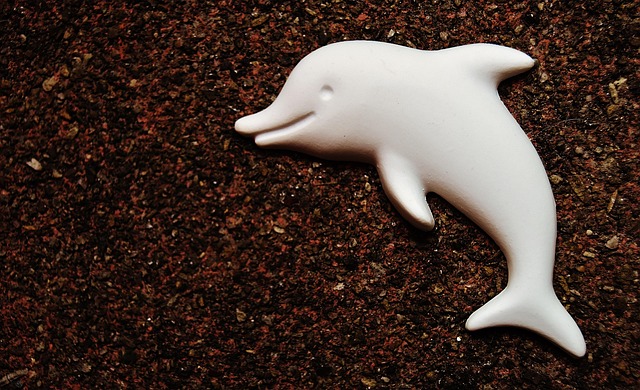The world of sculpture is a captivating realm where form, texture, and emotion intertwine, inviting viewers to connect with the artist’s vision. Within this domain, the technique of plaster cast holds a special place, serving as a bridge between traditional creation methods and contemporary artistic expression. This medium has transcended time, allowing artists and audiences alike to partake in a dialogue that is rich in cultural history and creative innovation.
At its core, the plaster cast technique epitomizes the fine arts’ dedication to preserving and celebrating the human form and spirit. From the classical sculptures of antiquity to modern interpretations, plaster casting enables artists to capture details that evoke intense emotional responses. The smooth surface, delicate textures, and the way light interacts with plaster casts give sculptures a life of their own, resonating with onlookers in profound ways.
Culture plays a crucial role in the evolution of plaster cast techniques. Historically, universities and art institutions relied on plaster casts as teaching tools, creating a library of forms that students could study and reinterpret. Today, this tradition endures, with educators emphasizing the importance of understanding classical forms in the context of contemporary art practices. Artists continue to push the boundaries of plaster casting, experimenting with mixed media and incorporating modern themes that reflect societal issues, personal narratives, and cultural identities.
The process of creating a plaster cast is a beautiful synergy of art and craftsmanship. Artists first create an original model, often using clay or wax. Then, a mold is made, and liquid plaster is poured in, capturing every nuance of the original piece. This meticulous process not only demonstrates the artist’s skill but also reminds us of the ancient practices that have influenced modern sculpture. Every plaster cast tells a story, echoing the voices of those who came before and shaping the future of artistic expression.
Moreover, contemporary artists are reimagining the role of plaster cast in their work. By adding color, texture, or engaging with installation contexts, they breathe new life into this traditional medium. Some choose to embrace imperfections, celebrating the handmade quality of plaster as a reflection of human experience. Others may juxtapose plaster with materials like metal, glass, or found objects, creating dynamic dialogues that challenge viewers’ perceptions of art.
As we explore the compelling fusion of tradition and modernity through plaster casting, we find that this art form is not merely about replicating the past; it’s a vibrant cycle of learning, growth, and reinvention. The plaster cast stands as a testament to our cultural heritage while also inviting us into a future where artistry knows no bounds.
By recognizing and honoring the craft of plaster casting, we enrich our understanding of fine arts and its ability to represent the complexities of culture and human emotion. As both an artistic technique and a means of cultural preservation, plaster casts inspire us to delve deeper into the creative spirit that unites us all.



